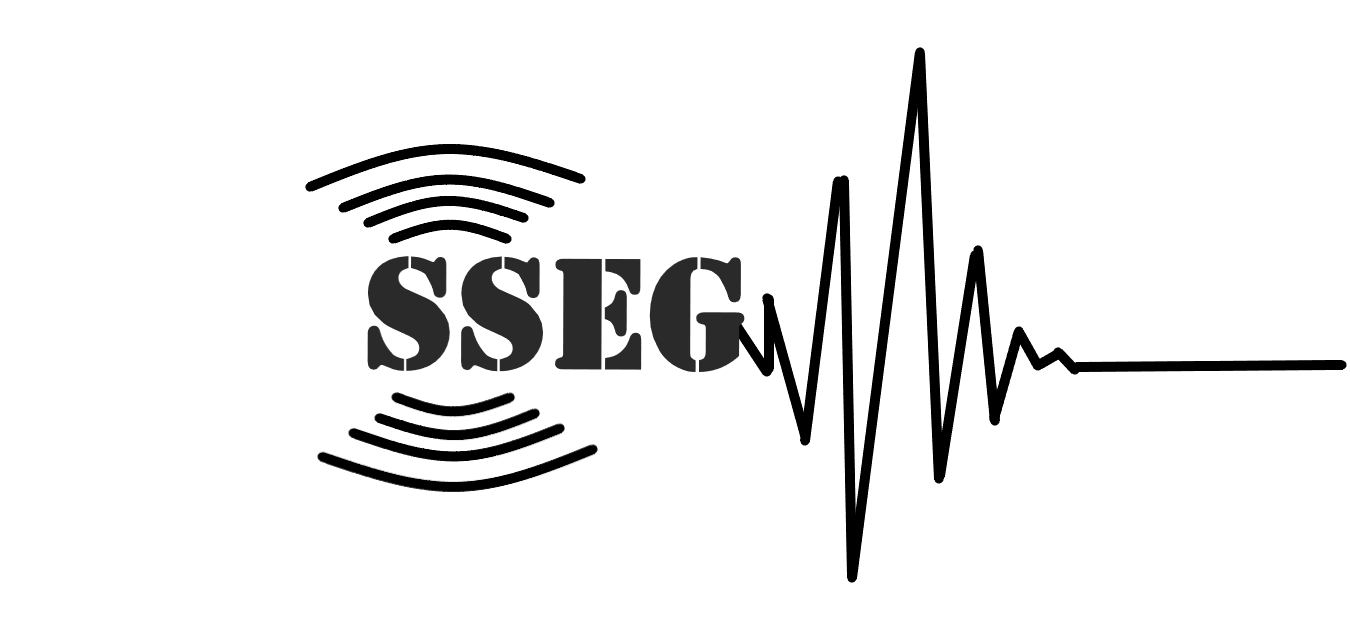
PhD Research Scholar, Civil (PMRF Recipient)
- BTech: RTU, India, 2019
- PhD: IIT Gandhinagar, India, 2025
- Present: Postdoctoral Scholar, NTU-Taiwan
Email: vats_falak@iitgn.ac.in
ResearchGate: https://www.researchgate.net/profile/Falak_Vats
Title: A Novel Framework for Developing Ground Motion Prediction Models Consistent with Critical Orientation and Its Implementation in Seismic Performance Assessment
Seismic design (/performance assessment) of a proposed (/constructed) facility is primarily to account for the horizontal shaking along two orthogonal directions. Seismic standards, on the other hand, recommend one design spectrum to account for the effect of horizontal shaking leading to the requirement of developing an understanding on the definition of spectral ordinate. In other words, some method is needed to combine the directionally varying single component spectral accelerations into a single numerical value appeared in the design spectrum. Various methods have been proposed to define design spectrum by combining spectral accelerations from mutually orthogonal horizontal components. While seismologists aim to address this issue as the directionality or polarization, structural designers focus on accounting for the critical orientation. In the process, a consistent definition of spectral acceleration must be adopted both in hazard analysis and structural design. Our research aims to understand i) if it is indeed two different faces of the same coin, or ii) one will have to walk an extra mile to unravel the possible linkages, if any. In the process, we aim to develop GMPEs for the Indian subcontinent with maximum direction shaking as the intensity measure and its implementation on structural design consistent with the critical orientation.

Publications:
Journal Publications
- Basu, D., Vats, F., & Sood, S. (2025). Accidental Eccentricity to Account for Torsional Ground Motion in Equivalent Lateral Force Procedure. Earthquake Engineering & Structural Dynamics. https://doi.org/10.1002/eqe.70066
- Vats, F., & Basu, D. (2025). Capturing the Peak Response Over All Possible Orientations for Direction of Arrival of Multicomponent Seismic Excitation. Earthquake Engineering & Structural Dynamics, e70018.
- Vats, F., & Basu, D. (2025). Alternate intensity measure for maximum direction shaking and construction of the associated ground motion models. Soil Dynamics and Earthquake Engineering, 198, 109648.
- Vats, F., & Basu, D. Developing ground motion prediction equations: an alternate methodology and its implementation with a subset of NGA-West2 database. Bull Earthquake Eng 23, 3529–3568 (2025). https://doi.org/10.1007/s10518-025-02185-y
- Vats, F., & Basu, D. (2025). An alternate perspective on the critical orientation of horizontal pair of seismic excitations: Theory and illustrations. Soil Dynamics and Earthquake Engineering, 196, 109519.
- Basu, D., & Vats, F. An application of multicomponent directional-cum-modal combination rule: routine seismic design and performance assessment. Innov. Infrastruct. Solut. 10, 225 (2025). https://doi.org/10.1007/s41062-025-02027-5
- Vats, F., & Basu, D. (2025). A novel cluster-based framework for developing correlation model and its implementation for spectral acceleration. Soil Dynamics and Earthquake Engineering, 188, 109056. https://doi.org/10.1016/j.soildyn.2024.109056.
- Vats, F. and Basu, D., (2024). Alternate method to develop ground motion prediction equations: Calibration over Himalayan region. Soil Dynamics and Earthquake Engineering, 176, 108312. https://doi.org/10.1016/j.soildyn.2023.108312
- Vats, F., Basu, D. (2024). Alternate algorithm for characterization of strong velocity pulse in ground motions. International Journal of Advances in Engineering Sciences and Applied Mathematics, 16(1), 53-73. https://doi.org/10.1007/s12572-023-00355-2
- Vats, F., Basu, D. (2023). On the construction of Joyner-Boore distance (Rjb) for PESMOS and COSMOS databases. Journal of Seismology, 27, 173–202. https://doi.org/10.1007/s10950-022-10129-1
- Basu D, Vats F, Panchal A. Multicomponent directional-cum-modal combination rule for seismic analysis: theory and illustrations. Earthquake Engng Struct Dyn. 2022;1–27.
- Vats, F. and Basu, D. (2021). A computationally efficient framework for rotation dependent and rotation independent intensity measures. Earthquake Engineering & Structural Dynamics, 50(6), 1562-1575. https://doi.org/10.1002/eqe.3412
Conference Proceedings/Presentations
- Vats, F., & Basu, D. (2024). Multicomponent Directional-cum-modal Combination Rule for Seismic Analysis of Secondary Systems. In 18th World Conference on Earthquake Engineering (WCEE 2024).
- Vats, F. and Basu, D. (2024). Generation of Statistically Consistent Demand Vectors: Artificial Acceleration and Its Influence on Underlying Distributions. Accepted in 14th Structural Engineering Convention (SEC) 2024, NIT Tiruchirappalli.

